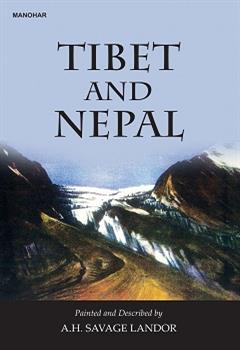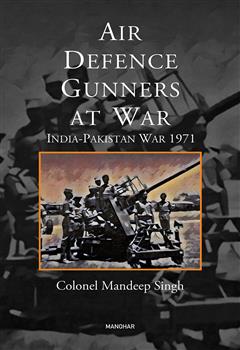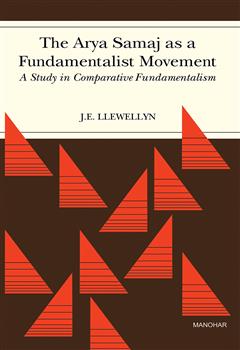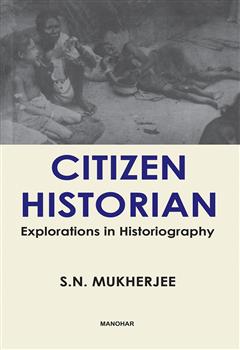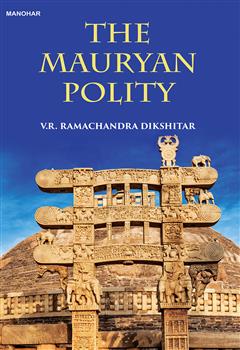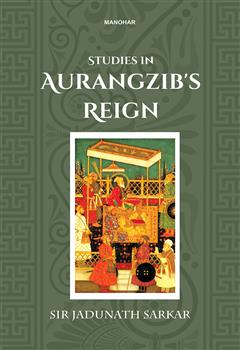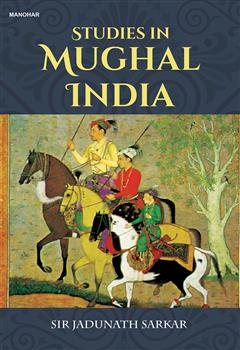History
Featured Products
Air Defence Gunners at War: India-Pakistan War 1971
₹1,240.00
M.R.P.:₹ 1,550.00
You Save: ₹310.00 (20.00% OFF)
The Opening of Tibet : An Account of Lhasa and the Country and People of Central Tibet and of the Progress of the Mission Sent there by the English Government in the Year 1903-4
₹1,575.00
M.R.P.:₹ 2,100.00
You Save: ₹525.00 (25.00% OFF)
The Arya Samaj as a Fundamentalist Movement: A Study in Comparative Fundamentalism
₹1,181.05
M.R.P.:₹ 1,495.00
You Save: ₹313.95 (21.00% OFF)
Citizen Historian: Explorations in Historiography
₹689.15
M.R.P.:₹ 895.00
You Save: ₹205.85 (23.00% OFF)


